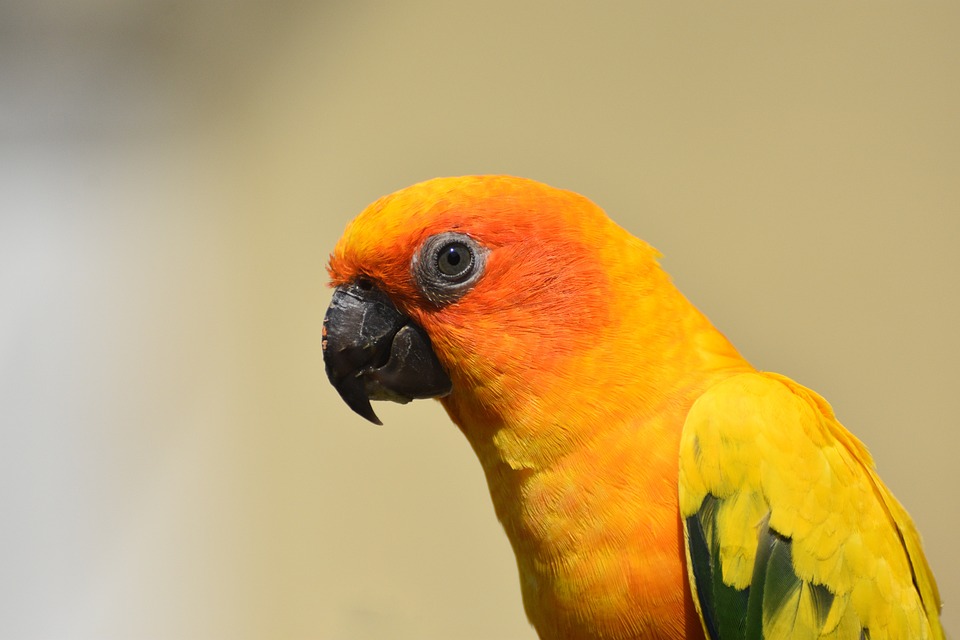Parrots are fascinating creatures known for their vibrant colors, intelligence, and unique behaviors. One of the most common and important behaviors observed in parrots is preening. In this article, we will delve into the significance of parrot preening, its role in maintaining their overall well-being, and how it relates to their natural instincts. Additionally, we will address frequently asked questions about parrot preening.
Preening is the act of birds grooming their feathers using their beak and feet. It involves straightening and aligning feathers, removing dirt and debris, and maintaining the overall condition of their plumage. Preening is a vital activity for parrots as it helps them to keep their feathers clean, healthy, and properly functioning. It also allows them to maintain their distinctive appearance.
There are different types of parrot preening behaviors, including self-preening and social preening. Self-preening is when a parrot grooms itself, while social preening involves parrots grooming each other. Both types of preening play important roles in their lives.
Preening is not just a grooming behavior; it is also a ritualistic act for parrots. It serves as a way for them to establish social bonds within their flocks. By participating in preening rituals, parrots strengthen their relationships and build trust with one another. It is a way for them to communicate and show affection within their flock.
In addition to social bonding, preening also helps parrots maintain the health and appearance of their plumage. Preening helps to distribute natural oils produced by the parrot’s preen gland, which keeps their feathers waterproof and protects them from environmental elements. Regular preening also keeps feathers in good condition, preventing them from becoming matted or damaged.
Preening also serves as a stress-relieving behavior for parrots. It helps them to relax and alleviate any anxiety or tension they may be experiencing. In the wild, parrots engage in preening as a way to cope with stressful situations. Therefore, providing opportunities for preening can help parrots feel more calm and secure in their environment.
Preening is an instinctive behavior for parrots, developed through evolution. In the wild, parrots rely on preening to maintain their feathers’ functionality and appearance, which is crucial for their survival. Preening also helps them to remove parasites and maintain their body temperature.
Environmental enrichment plays a significant role in stimulating preening behaviors in parrots. Providing them with a variety of materials, such as branches, toys, and foraging opportunities, encourages natural preening behaviors. These activities mimic the natural environment and stimulate the instinctual need for preening.
Now, let’s address some frequently asked questions about parrot preening:
1. Why does my parrot preen excessively?
Excessive preening can be a sign of health issues or stress. It is essential to monitor your parrot’s preening habits and consult a veterinarian if you notice any changes or concerns.
2. Is it normal for parrots to preen each other?
Yes, social preening is a common behavior among parrots. It is a way for them to strengthen social bonds and show affection towards each other.
3. Can I assist my parrot in preening?
While it is not necessary to assist your parrot in preening, providing a clean and safe environment with appropriate perches and toys can encourage natural preening behaviors.
4. How often should I expect my parrot to preen?
Parrots typically preen several times a day. The frequency may vary depending on environmental factors, social interactions, and individual preferences.
5. Should I be concerned if my parrot stops preening?
If your parrot suddenly stops preening or shows a significant decrease in preening behavior, it may be a sign of an underlying health issue. Consult a veterinarian for a thorough examination.
In conclusion, understanding the importance of parrot preening is crucial for providing appropriate care and creating a stimulating environment for these fascinating birds. Preening serves multiple purposes, including feather maintenance, social bonding, stress relief, and fulfilling natural instincts. By recognizing and addressing any concerns or questions related to preening, we can ensure our feathered companions lead happy and healthy lives.









